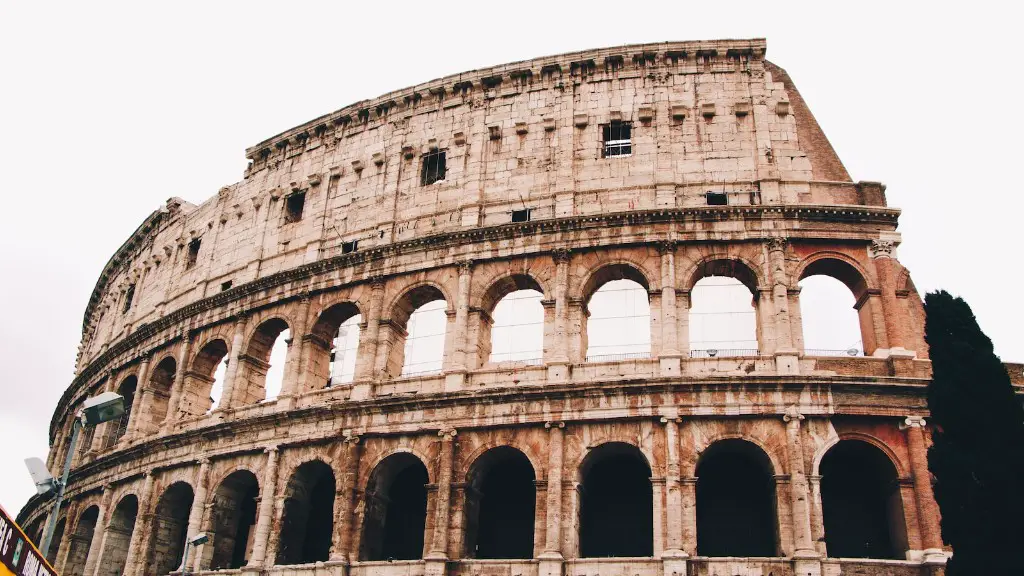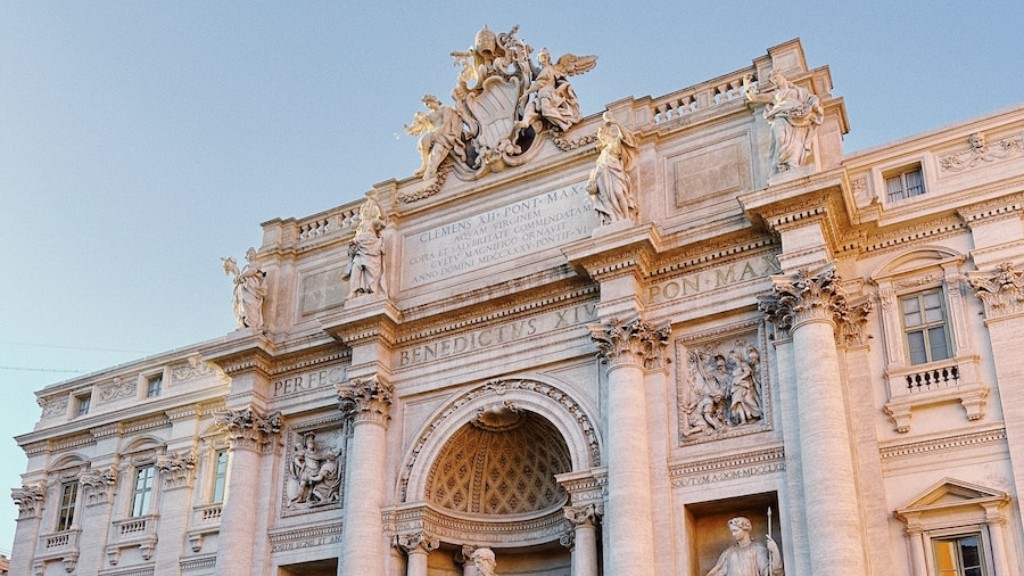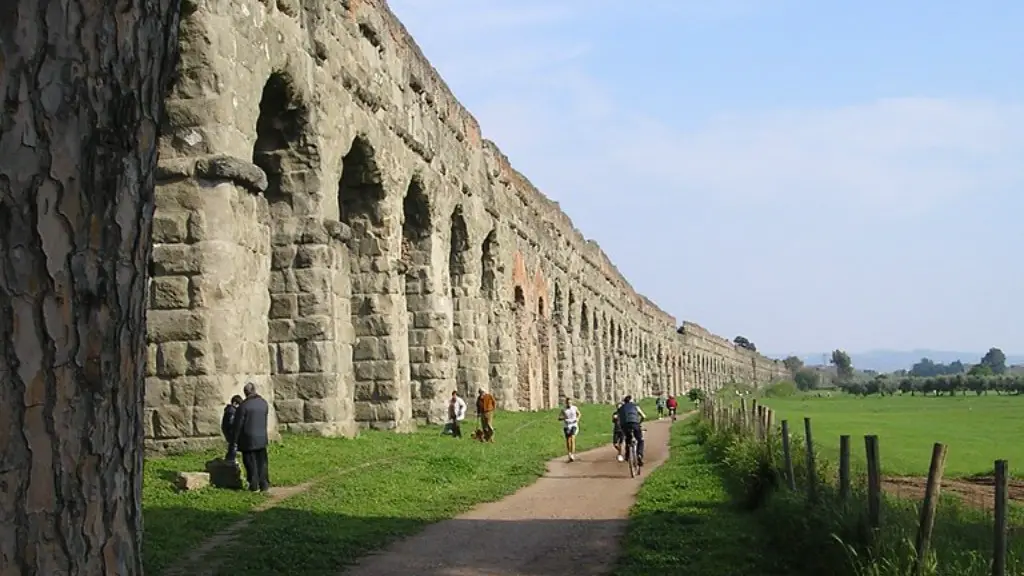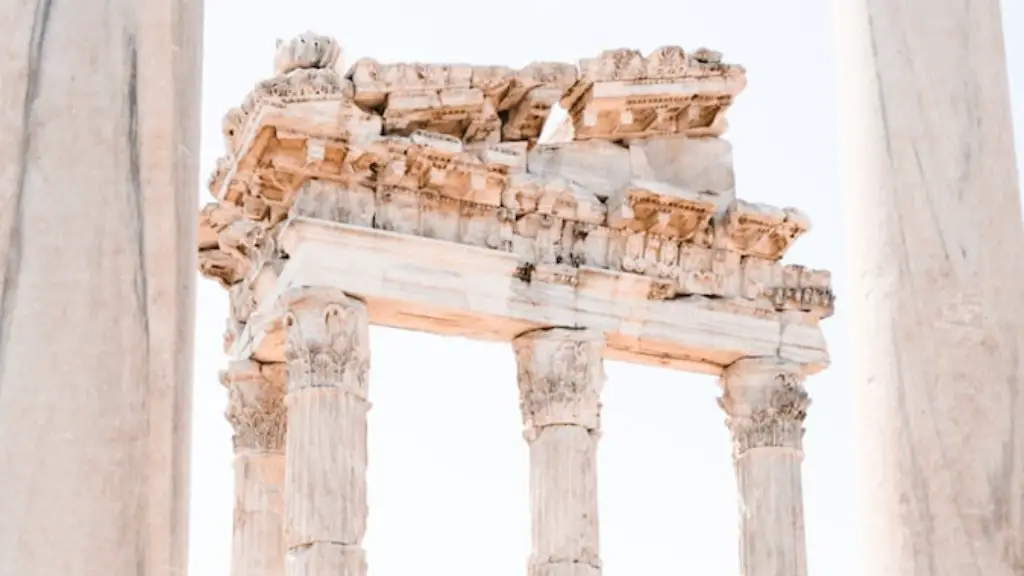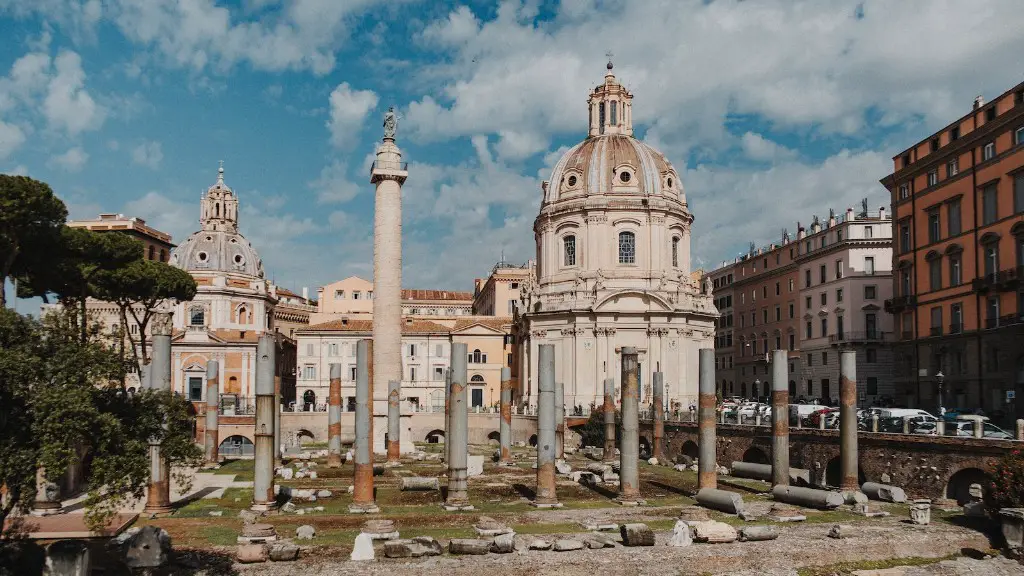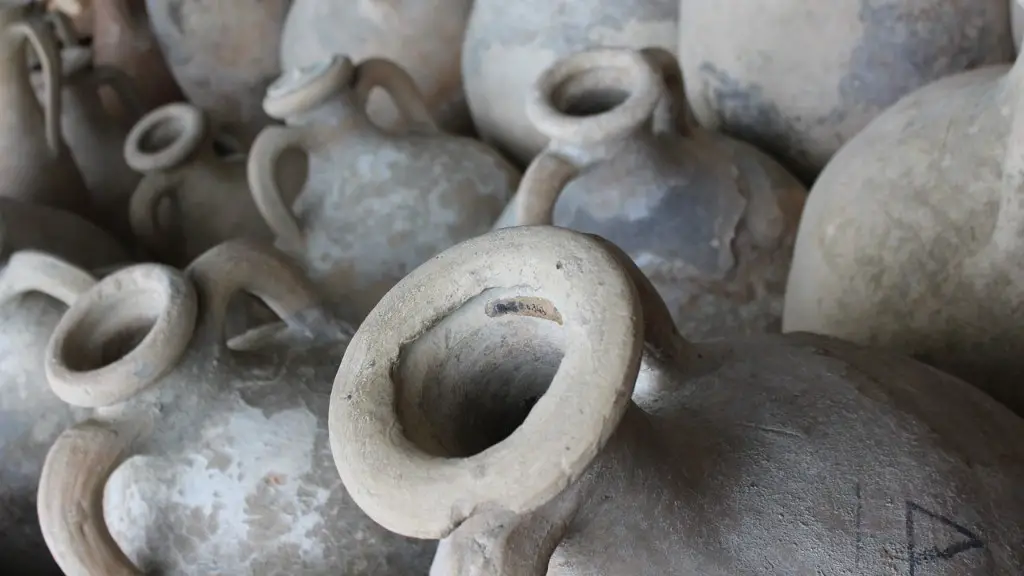Since its early beginning in 6BC, the Circus Maximus in the centre of Rome has been an iconic landmark of the stunning ancient city. Built by the Etruscans, this vast chariot-filled stadium was the world’s first and was an incredibly ambitious engineering feat, enthralling tens of thousands of people.
In fact, the stadium was massive in size, with a length reaching over 600 metres and a width of 150 metres! It even included steps of white marble, tiered seating, and of course its legendary central track for the chariot races. The circus held Roman games for centuries, with various animal fights, horse and chariot racing, and even executions occurring in front of the dedicated viewers.
The structure was the most important of Rome’s monuments, used for festivals and religious ceremonies which were essential to the city’s thriving culture. Events here would regularly draw in huge crowds, known to commonly exceed a quarter of a million people.
The stadium was also regarded as a lifesaver during times of trouble. For example, during the political uprisings in the 5th century, it was used as a means of distraction; to bribe the people of Rome and take attention away from the hardships they were suffering. Despite this, the Circus Maximus was to lose its glory and eventually crumble into ruin.
Due to the size and stature of the structure, it has long been a mystery as to how the Etruscans were able to build it. Ancient texts describe the builders as having a high level of knowledge for engineering back then, with advanced construction techniques, such as the use of advanced stone cutting and various instruments to measure distance.
While we’ll never know all the secrets of its construction, experts have analysed the materials and techniques used, concluding that its success must have been due to their good understanding of mathematics, physics and engineering. They know that the builders must have been extremely talented and well trained, as many of the techniques used today are based on the ones used to construct the Circus Maximus.
Own Insights & Analysis
The construction of the Circus Maximus is significant not only for its engineering feat but also for being associated with such a grand history of Rome. It’s amazing to think how a site built by the Etruscans in 6BC has not only survived to this day, but enthrals new generations of people with its spectacular ruins.
The Etruscans, while not boasting an advanced civilization and culture, showed a remarkable level of knowledge and skill when constructing the stadium and their techniques were progressive and inspiring. It was their hard work and creativity that made it possible to develop something so ambitious and monumental.
Impact on Rome
The stadium is also a testament to Rome’s legacy as a leading cultural, political and military power. As the city grew in stature and reputation, so did the stadium, with its host of events validating the strength of Rome’s culture. Roman citizens were filled with a strong sense of pride and identity because of their connection to the stadium.
The circus was also a source of entertainment for many and a key role in providing social opportunity and developing relationships between different members of society. It was a place everyone could come to, united in the common goal of being caught up in the spectacle of the event.
The stadium thus became one of Rome’s most treasured monuments and, as the centuries passed, the city’s special attachment to the site only increased.
The Evolution of the Circus Maximus
Over the years, the stadium went through different changes and developments, starting with its original construction by the Etruscans and ending with its abandonment and decay in the 5th century. Following its completion in 6BC, it was improved and enlarged by Julius Caesar in 46BC, as well as by Emperor Trajan and his successors.
Throughout its life, the circus hosted various different events. Notably, it was the location for chariot races for seven centuries, with annual events drawing in vast crowds from all across the Roman Empire. It also served as a venue for sporting and religious events, and in its later years, Christian persecution.
The Decline of the Circus Maximus
Despite its grand past, the decline of the Circus Maximus began well before its ultimate abandonment. In the 4th century, the nearby Colosseum began to prevalent and in 385AD, chariot races moved to Constantinople, effectively depriving the circus of its main attraction.
By the 5th century, the stadium had been largely reduced to ruins and although it is unknown what the exact causes of its decline were, it is speculated that the state of the arena deteriorated over time from natural disasters and other damages. It is believed that by the 6th century AD, the circus was no longer in use and slowly descended into ruins.
The Enduring Legacy
While the Romans may no longer visit the Circus Maximus, its history and story continues to attract visitors from all around the world. Its ruins, although not in the condition they were many centuries ago, still provide us with a vivid picture of what it must’ve been like in its heyday; a bustling and prosperous stadium visited by come from all walks of life.
Today, the circus stands as a magnificent symbol of Rome’s remarkable past, reminding us of its brilliance and ingenuity during a time when such an engineering feat seemed nearly impossible.
Preservation & Restoration
Today, preservation and: restoration efforts are ongoing to ensure the Circus Maximus remains in its best condition for future generations. In the early 2000s, several restoration projects have been completed, such as the revamping of the stadium’s crumbling tiers, as well as the reconstruction of its original upper walls.
Furthermore, various organisations have been established with the purpose of spreading awareness about the stadium and its many stories. Apart from these efforts, the Circus Maximus is a popular tourist attraction and offers guided tours which provide valuable insights into its history.
Significance in Pop Culture
The circus has, unsurprisingly, had an impact on the world of pop culture, with a vast range or movies, books and games depicting it in one way or another. Its cultural impact is particularly evident in books such as Ben-Hur, and in movies like Gladiator, as well as various other works and productions set in ancient Rome.
The Circus Maximus has inspired countless writers, musicians and artists and is a powerful source of creative influence, ensuring its place in popular culture for centuries to come.
The Impact of the Circus Maximus Today
One of the most amazing things about the Circus Maximus is that it still remains such an important influence even in the present day. One only needs to take a glance at the stadium to be reminded of what it must’ve been like in its glory days; full of life, excitement and curiosity.
Its remarkable history and remarkable engineering achievements remain an admirable sight, impressing people around the world with its charms. Despite its decay and abandonment, the Circus Maximus still remains a powerful symbol of the grandeur of Roman Empire.
